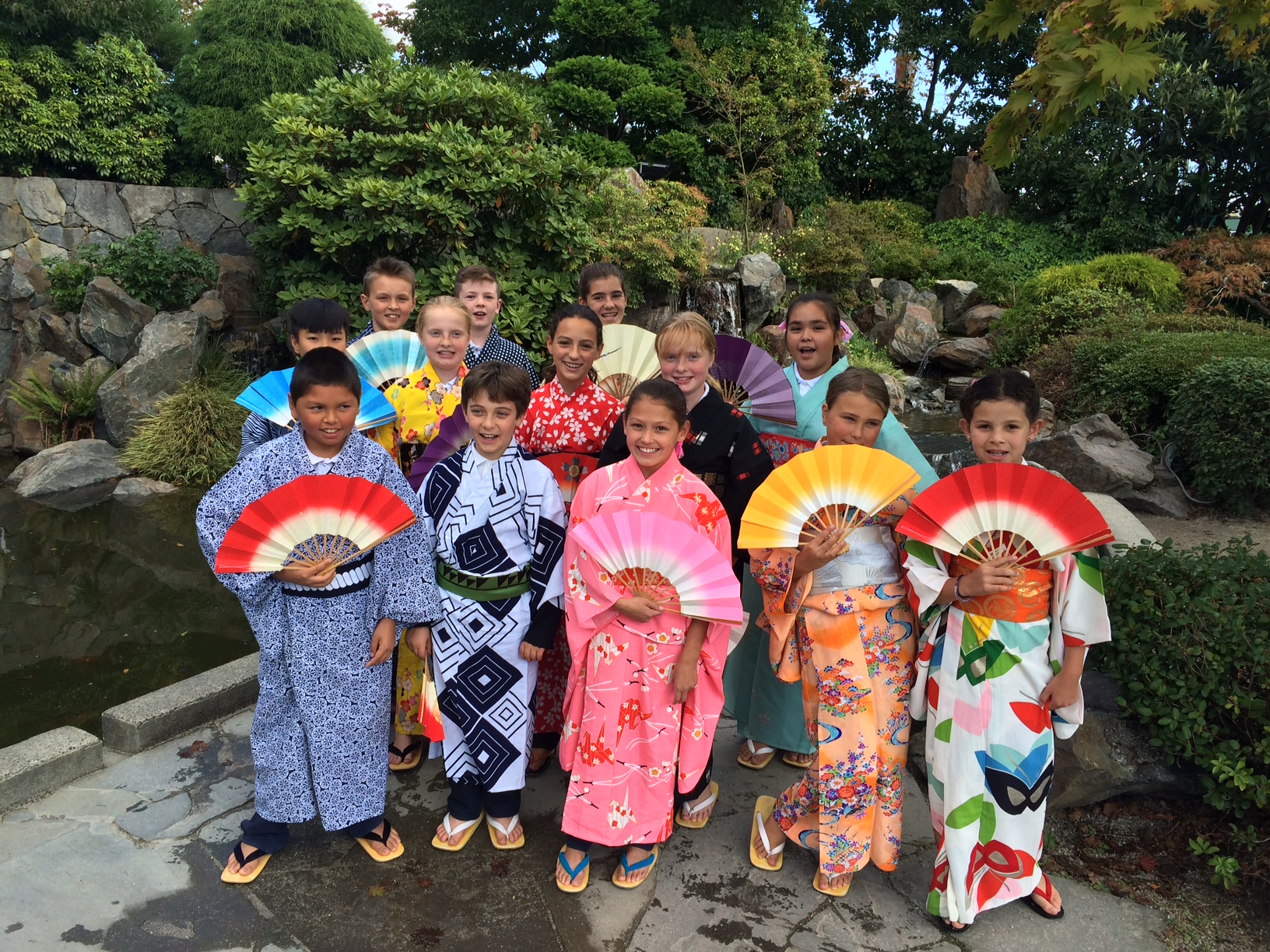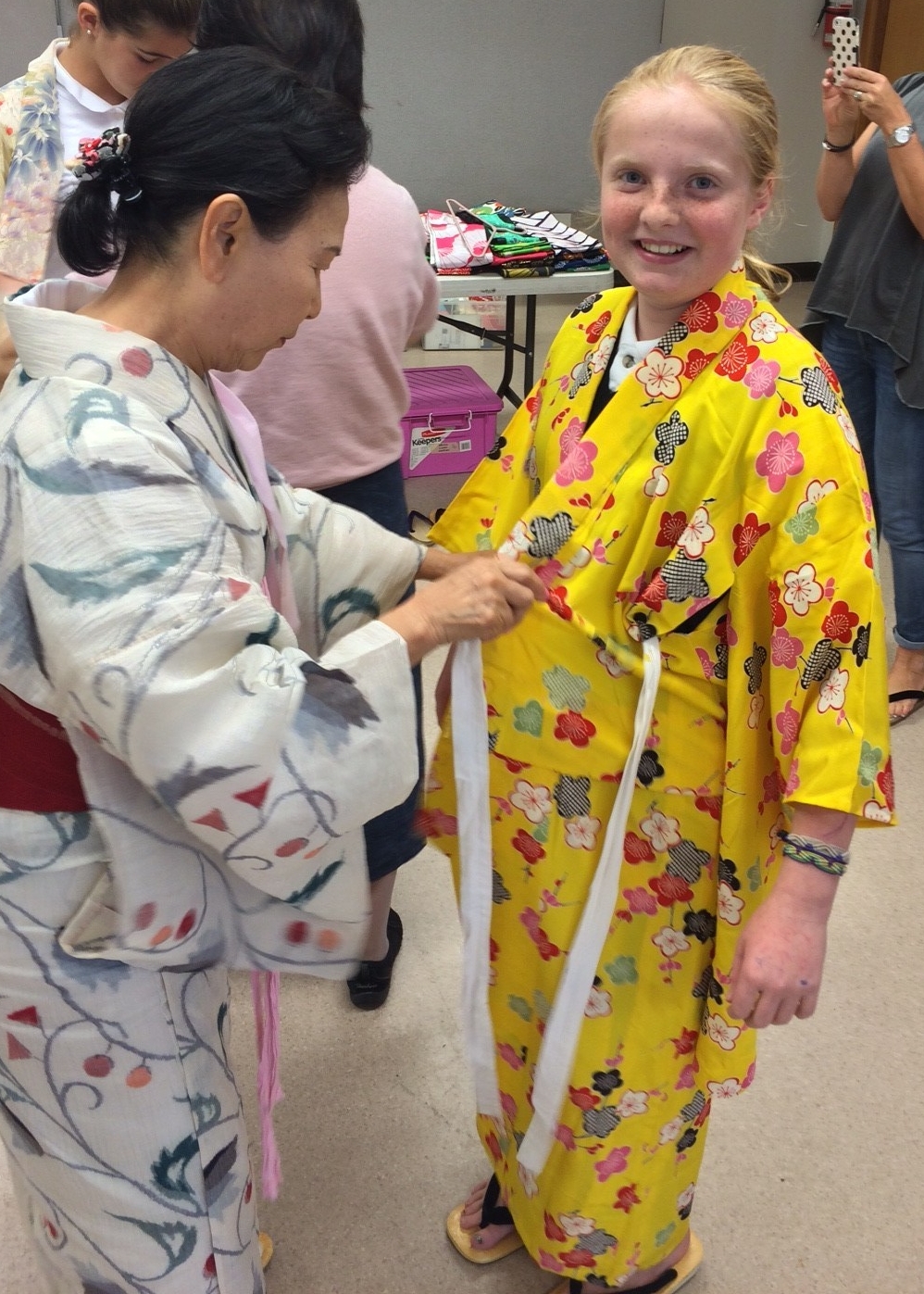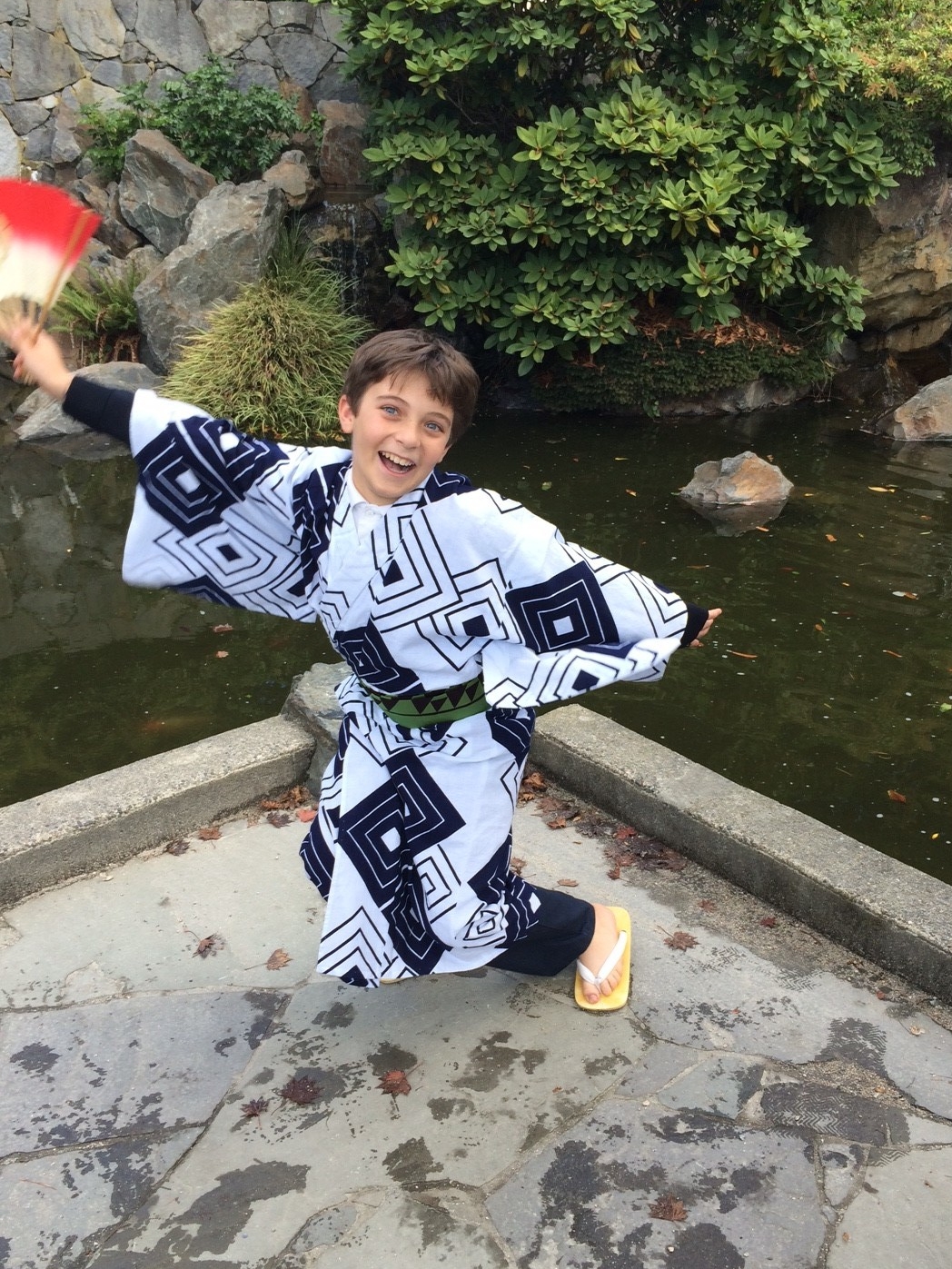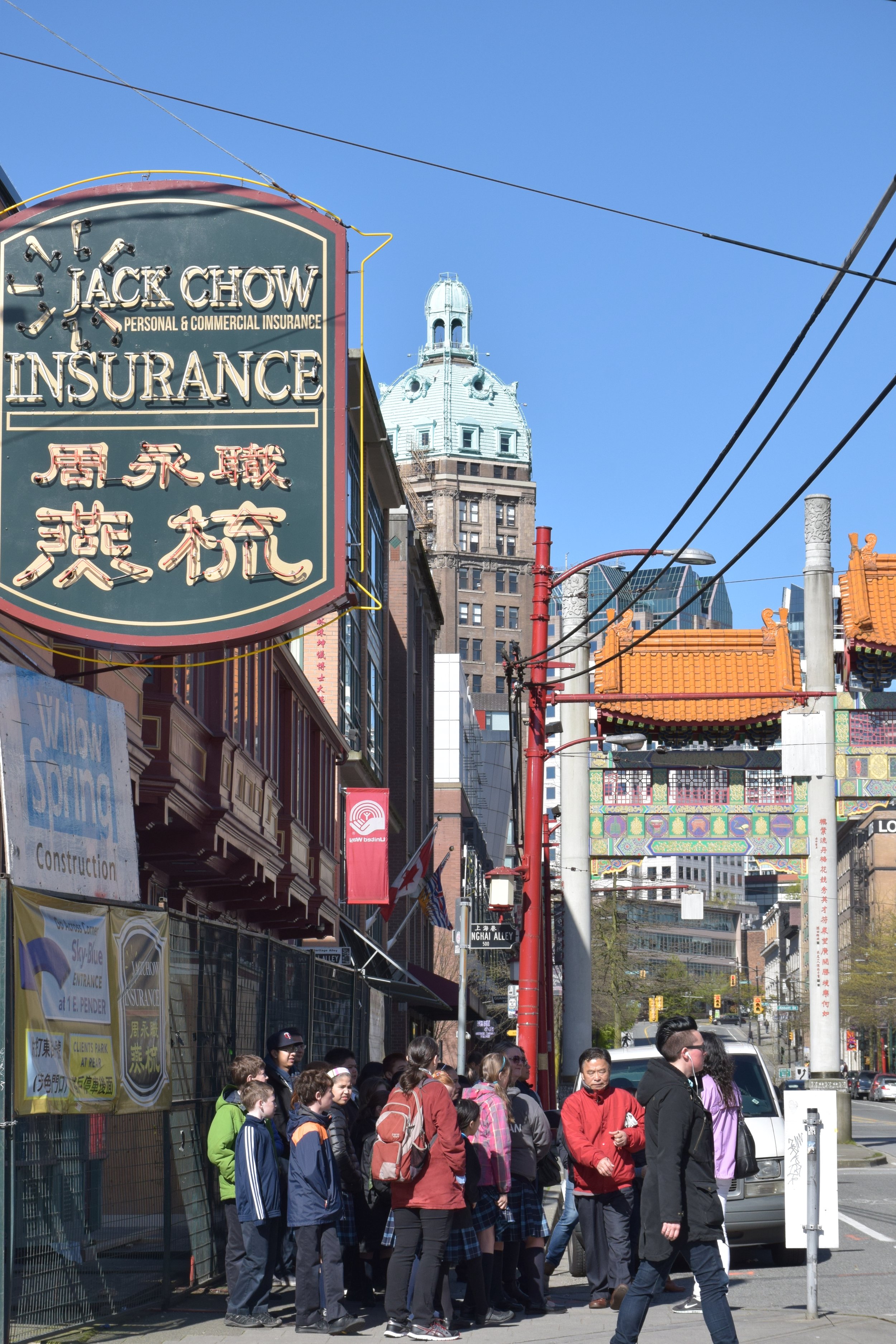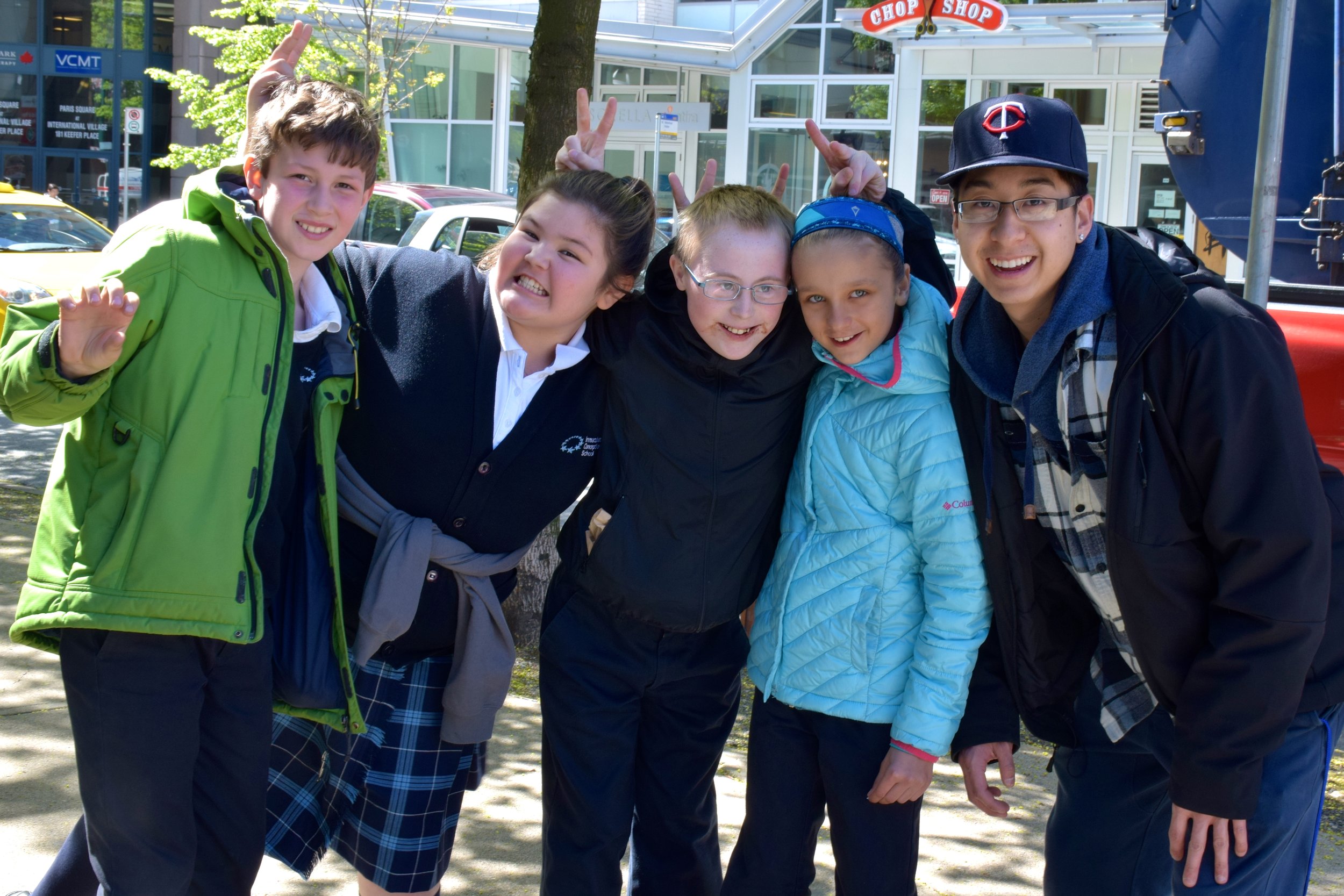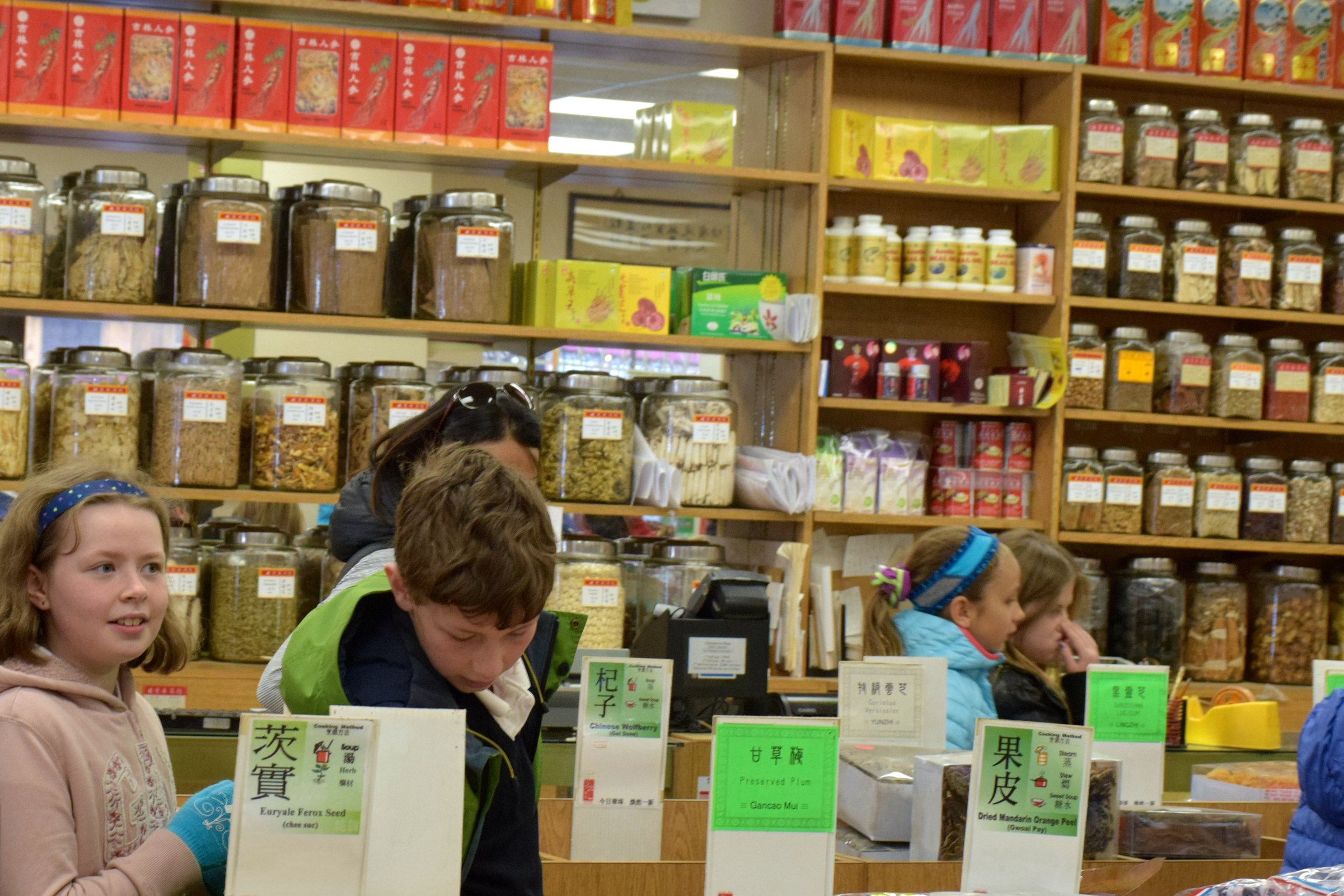On our visit to Chinatown we saw some very interesting buildings and monuments, including the Sam Kee Building, the world’s narrowest building! It is approximately 4’11” in width (1.50 meters). We also saw the Chinese Freemasons Building, every Chinatown in the world has at least one of these. The Freemasons were basically the Chinatown police back in the day.
Many years back, when there was a lot of racism against the Chinese, there were clans that people belonged too. For example, if I had the last name Lee, I would belong to the Lee Clan. They made buildings for these places where people could talk in their own language and play Chinese games such as mahjong together. Each Clan building had its own special meeting room usually located at the top of the building.
We talked to Bill Wong, an immigrant from China who right now is 93 years old. He told us what it was like to be an immigrant to Canada at the time and told us a little about his life.
For lunch, we ate at Jade Ming Dynasty and had some golden fried noodles, rice (of course), sticky rice, some stuffed eggplant, shrimp dumplings, BBQ pork rice rolls and mushroom tofu rice rolls.
Written by a Grade Five student
